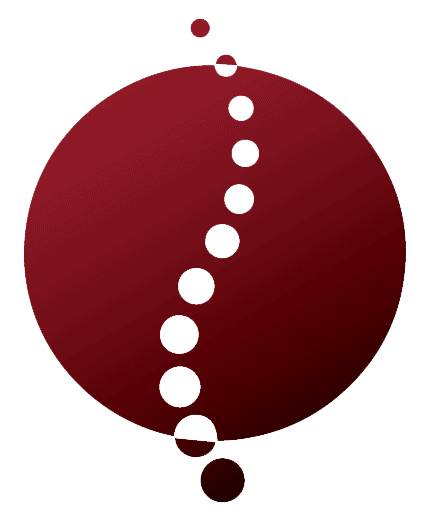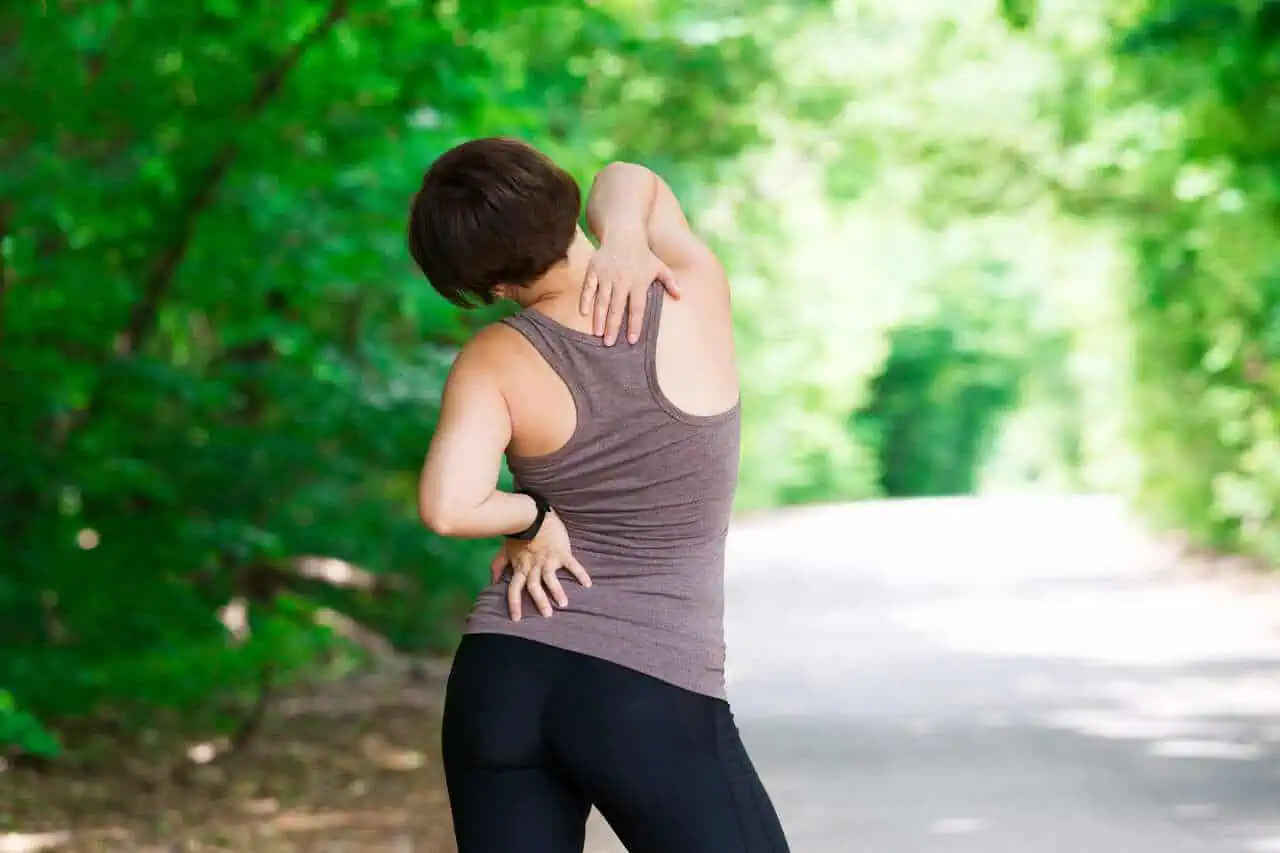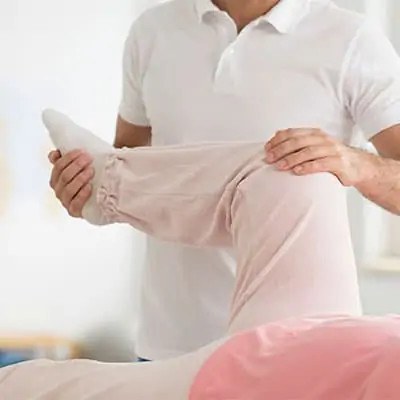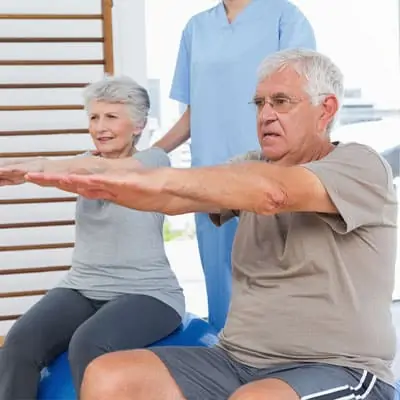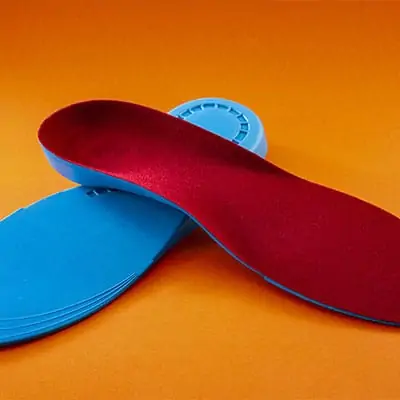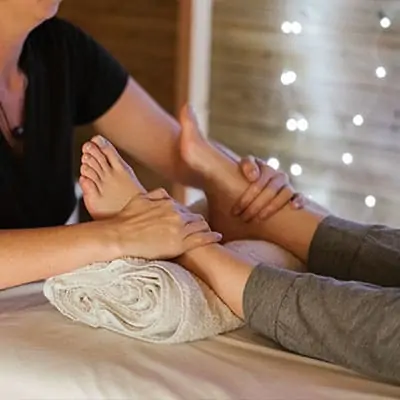Understanding Scoliosis
Scoliosis is a condition that affects the spine, leading to a sideways curvature that can impact your daily life and athletic performance. Understanding this condition is the first step in managing it effectively.
What is Scoliosis?
Scoliosis is defined as a lateral curvature of the spine measuring 10 degrees or more. This curvature can occur in different regions of the spine, including the thoracic (mid-back) and lumbar (lower back) areas. The condition can vary in severity and may develop during childhood or adolescence. Early detection through scoliosis screening is essential for effective management.
Types of Scoliosis
There are several types of scoliosis, each with its own causes and characteristics. Understanding the type of scoliosis you have can help in selecting the most appropriate treatment options.
| Type of Scoliosis | Description |
|---|---|
| Idiopathic Scoliosis | The most common type, with no known cause. Often diagnosed in children and adolescents. |
| Congenital Scoliosis | Caused by a malformation of the spine during fetal development. |
| Neuromuscular Scoliosis | Associated with neuromuscular conditions like cerebral palsy or muscular dystrophy. |
| Degenerative Scoliosis | Occurs in adults due to spinal degeneration or arthritis. |
For a more detailed explanation of each type, visit our article on scoliosis types.
Effects of Scoliosis on Athletes
Scoliosis can pose unique challenges for athletes, affecting both performance and overall well-being. The curvature of the spine can lead to muscle imbalances, reduced flexibility, and discomfort during physical activities. These issues can be particularly pronounced in sports that require extensive spinal mobility or asymmetrical movements.
| Common Effects | Impact on Athletes |
|---|---|
| Muscle Imbalance | Uneven muscle strength can affect performance and lead to further injuries. |
| Reduced Flexibility | Limited range of motion can hinder athletic skills. |
| Discomfort or Pain | Persistent pain can affect focus and endurance. |
Despite these challenges, many athletes successfully manage scoliosis and continue to excel in their sports. Strategies such as targeted scoliosis exercises, proper use of a scoliosis brace, and regular scoliosis physical therapy can help mitigate these effects.
Understanding the nuances of scoliosis is crucial for athletes aiming to maintain peak performance. Early diagnosis, appropriate treatment, and tailored management plans can make a significant difference.
Diagnosing Scoliosis in Athletes
Identifying scoliosis in athletes requires a comprehensive approach. This section covers physical examinations, imaging tests, and monitoring the progression of the condition.
Physical Examination
A physical examination is the initial step in diagnosing scoliosis. During this process, a healthcare provider will assess your posture, spine alignment, and any asymmetries in your shoulders, hips, or rib cage. One common test is the Adam’s Forward Bend Test, where you bend forward at the waist while the examiner looks for any abnormal spinal curvature.
Key indicators during the physical examination include:
- Uneven shoulders
- Prominent shoulder blade
- Uneven waist
- Elevated hips
For more detailed information on scoliosis symptoms, visit our page on scoliosis symptoms.
Imaging Tests
Imaging tests are essential for confirming a scoliosis diagnosis and determining the severity of the spinal curvature. The most commonly used imaging tests include:
- X-rays: Standard X-rays can provide a clear image of the spine and measure the degree of curvature. This helps in assessing the severity and planning the appropriate treatment.
- MRI (Magnetic Resonance Imaging): MRI scans can offer detailed images of both bones and soft tissues, useful for identifying any underlying conditions that may contribute to scoliosis.
- CT (Computed Tomography) Scan: A CT scan provides cross-sectional images of the spine, which can be beneficial for complex cases.
| Imaging Test | Benefits | Limitations |
|---|---|---|
| X-rays | Quick, effective, measures curvature | Radiation exposure |
| MRI | Detailed images, no radiation | Time-consuming, expensive |
| CT Scan | Cross-sectional images | Higher radiation, expensive |
For further details on scoliosis diagnosis, check out our article on scoliosis diagnosis.
Monitoring Progression
Monitoring the progression of scoliosis is crucial, especially for athletes who are actively engaged in sports. Regular follow-up appointments and imaging tests help track changes in spinal curvature over time.
Key aspects of monitoring include:
- Periodic X-rays: These are repeated at regular intervals to observe any changes in the curvature.
- Physical Assessments: Continuous evaluation of posture and spinal alignment can indicate the need for adjustments in treatment.
- Symptom Tracking: Keeping a record of any new symptoms or changes in existing ones can provide valuable insights.
Your healthcare provider may recommend specific exercises or activities to help manage the condition. For exercises tailored to scoliosis, visit our page on scoliosis exercises.
By understanding the process of diagnosing scoliosis, you can take proactive steps to manage the condition and maintain your athletic performance. Explore more about scoliosis management in our section on scoliosis management.
Treatment Options for Athletes
Athletes with scoliosis have a range of treatment options available to them. These options can be broadly categorized into non-surgical approaches, surgical interventions, and rehabilitation and recovery strategies.
Non-Surgical Approaches
Non-surgical treatments are often the first line of defense in managing scoliosis. These methods aim to reduce pain, improve function, and prevent the progression of the spinal curve.
Physical Therapy
Physical therapy focuses on strengthening the muscles around the spine to provide better support and alignment. Exercises tailored specifically for scoliosis can help athletes maintain their performance levels. For a detailed list of exercises, visit our article on scoliosis exercises.
Bracing
Bracing is another common non-surgical treatment, particularly effective in young athletes whose bones are still growing. The brace helps to halt the progression of the spinal curve. For more information, see our article on scoliosis brace.
| Treatment | Purpose | Effectiveness |
|---|---|---|
| Physical Therapy | Strengthen muscles | High |
| Bracing | Halt curve progression | Moderate to High |
| Pain Management | Alleviate symptoms | Varies |
Surgical Interventions
When non-surgical methods are not enough, surgery may be considered. Surgical treatments aim to correct the spinal curve and stabilize the spine.
Spinal Fusion
Spinal fusion is the most common surgical procedure for scoliosis. It involves fusing two or more vertebrae to correct the spine’s alignment. This surgery can significantly improve the quality of life for athletes.
Minimally Invasive Surgery
Minimally invasive options are also available and involve smaller incisions, leading to quicker recovery times. These procedures are less disruptive and can be beneficial for athletes looking to return to their sport sooner.
| Surgical Option | Purpose | Recovery Time |
|---|---|---|
| Spinal Fusion | Correct spinal alignment | 6-12 months |
| Minimally Invasive Surgery | Correct alignment with less recovery time | 3-6 months |
Rehabilitation and Recovery
Rehabilitation is a crucial part of the treatment process for athletes with scoliosis. After surgery or even non-surgical treatments, a structured rehab program helps athletes regain strength, flexibility, and overall function.
Post-Surgical Rehabilitation
Post-surgical rehabilitation often includes physical therapy to help athletes slowly return to their pre-surgery activity levels. This may involve exercises designed to improve flexibility, strength, and endurance. Visit our article on scoliosis physical therapy for more information.
Long-Term Management
Long-term management often includes regular check-ups, physical therapy sessions, and possibly lifestyle changes to ensure that the condition does not worsen. For tips on long-term management, see our article on scoliosis management.
| Rehabilitation Phase | Focus | Duration |
|---|---|---|
| Immediate Post-Surgery | Pain management, basic mobility | 1-3 months |
| Intermediate | Strengthening, flexibility | 3-6 months |
| Long-Term | Full activity return, maintenance | Ongoing |
Understanding these treatment options can empower athletes with scoliosis to make informed decisions about their health and performance. For more details on managing scoliosis, visit our comprehensive guide on scoliosis treatment.
Athletes Thriving with Scoliosis
Stories of Athletes Overcoming Scoliosis
Many athletes have faced the challenge of scoliosis and emerged victorious, demonstrating that it is possible to excel in sports despite this condition. These stories serve as inspiration for those who might feel limited by their diagnosis.
One notable example is a professional swimmer who discovered her scoliosis during a routine scoliosis screening. Despite the curvature of her spine, she continued to train rigorously and qualified for national competitions. Her dedication and perseverance paid off, and she became a national champion, proving that scoliosis does not have to hinder athletic success.
Another inspiring story is that of a gymnast who was diagnosed with scoliosis at a young age. With the support of her coaches and a customized scoliosis treatment plan, she managed to maintain her flexibility and strength. She went on to compete at the international level, showcasing incredible skill and resilience.
These stories highlight the importance of a strong support system, effective treatment, and unwavering determination. They encourage other athletes with scoliosis to pursue their dreams and perform at their best.
Strategies for Athletes Managing Scoliosis
Managing scoliosis as an athlete requires a combination of tailored strategies to ensure both performance and health are optimized. Here are some effective strategies that can help you thrive despite scoliosis:
-
Customized Exercise Plans: Engaging in specific scoliosis exercises tailored to your condition can help strengthen the muscles around your spine and improve alignment. Consult with a physical therapist to create a plan that addresses your unique needs.
-
Regular Monitoring: Keep track of your scoliosis progression through regular check-ups and imaging tests. This helps in making informed decisions about adjustments to your training regimen.
-
Proper Warm-Up and Cool-Down: Always incorporate thorough warm-up and cool-down routines to prevent injury and reduce scoliosis pain. Focus on stretching and mobility exercises that target the spine and surrounding muscles.
-
Use of Supportive Gear: Depending on the severity of your scoliosis, you might benefit from using a scoliosis brace during training. This can provide additional support and stability, allowing you to perform movements with confidence.
-
Mindful Training Techniques: Pay attention to your body’s signals and avoid overexertion. Modify exercises and techniques as needed to accommodate your condition and prevent strain on your spine.
-
Balanced Nutrition: Maintain a diet rich in nutrients that support bone and muscle health. For more information on how nutrition can aid in managing scoliosis, visit our article on scoliosis nutrition.
-
Mental Resilience: Cultivate a positive mindset and mental resilience. Consider working with a sports psychologist to develop coping strategies and stay motivated.
Implementing these strategies can help you manage scoliosis effectively while continuing to excel in your athletic pursuits. For more detailed tips, refer to our article on scoliosis management.
Scoliosis Management in Sports
Athletes with scoliosis face unique challenges, but with the right strategies, they can continue to excel in their sports. Effective management involves understanding key considerations and implementing tips to prevent injury and enhance performance.
Considerations for Athletes with Scoliosis
Managing scoliosis as an athlete requires awareness of specific factors that can impact your training and performance. Key considerations include:
- Regular Monitoring: Frequent check-ups with healthcare providers to monitor scoliosis progression.
- Customized Training: Tailoring workouts to avoid exercises that exacerbate scoliosis symptoms. Consult with a physical therapist for scoliosis-specific exercises.
- Core Strengthening: Focusing on core muscles to provide better spinal support and reduce strain.
- Flexibility Work: Incorporating stretching routines to maintain flexibility and prevent muscle tightness.
- Pain Management: Implementing strategies for managing scoliosis pain, such as physical therapy or massage therapy.
- Appropriate Gear: Using supportive equipment like a scoliosis brace during activities, if recommended by your healthcare provider.
Tips for Athletes to Prevent Injury and Improve Performance
Athletes with scoliosis can prevent injuries and improve their performance by following these tips:
- Warm-Up and Cool Down:
- Always start with a proper warm-up to prepare your muscles and joints.
- Finish with a cool-down to promote recovery and flexibility.
- Strength Training:
- Include strength training exercises that target the back, abdominal, and hip muscles.
- Ensure exercises are performed with proper form to avoid additional strain on the spine.
- Cross-Training:
- Engage in a variety of physical activities to balance muscle development and reduce the risk of overuse injuries.
- Consider low-impact sports like swimming or cycling.
- Hydration and Nutrition:
- Maintain proper hydration and follow a balanced diet rich in nutrients that support bone health. Learn more about scoliosis nutrition.
- Rest and Recovery:
- Allow adequate rest between training sessions to prevent fatigue and reduce injury risk.
- Listen to your body and avoid pushing through pain.
- Professional Guidance:
- Work with coaches and physical therapists who understand scoliosis management and can provide personalized guidance.
| Tip | Description |
|---|---|
| Warm-Up and Cool Down | Essential for preparing muscles and promoting recovery. |
| Strength Training | Focus on core and back muscles with proper form. |
| Cross-Training | Balance muscle development and reduce overuse injuries. |
| Hydration and Nutrition | Maintain hydration and a diet supporting bone health. |
| Rest and Recovery | Ensure adequate rest and listen to your body. |
| Professional Guidance | Seek personalized advice from knowledgeable professionals. |
Implementing these considerations and tips can help athletes with scoliosis manage their condition effectively while continuing to pursue their athletic goals. For more detailed advice, explore our articles on scoliosis exercises for adults and scoliosis physical therapy.
Support and Resources for Athletes
Living with scoliosis as an athlete presents unique challenges, but a variety of support systems and resources are available to help you manage your condition effectively.
Support Networks
Connecting with others who understand your journey can be incredibly beneficial. Support networks provide a platform to share experiences, gain insights, and find encouragement. These networks can be found through local community groups, online forums, and social media platforms. Engaging with a support network can help you feel less isolated and more empowered to tackle your scoliosis.
Advocacy Organizations
Several organizations are dedicated to raising awareness and providing resources for those living with scoliosis. These groups offer educational materials, support services, and advocacy efforts to improve the quality of life for individuals with scoliosis. Some of these organizations include:
- Scoliosis Research Society (SRS)
- National Scoliosis Foundation (NSF)
- Curvy Girls Scoliosis
These organizations often host events, provide updates on the latest research, and offer platforms for sharing personal stories. They can also be a valuable resource for finding medical professionals who specialize in scoliosis treatment. For more information on managing scoliosis, visit our articles on scoliosis treatment and scoliosis physical therapy.
Sport-Specific Guidance for Athletes with Scoliosis
Athletes with scoliosis can benefit from tailored guidance that addresses their specific needs and challenges. This guidance can include:
- Customized Training Programs: Collaborate with coaches and physical therapists to develop training routines that minimize strain on your spine while enhancing performance.
- Proper Technique and Form: Ensure that you maintain correct posture and biomechanics during athletic activities to reduce the risk of injury.
- Equipment Adjustments: Use supportive gear, such as a scoliosis brace, if recommended by your healthcare provider. Adjustments to equipment like shoes or sports gear can also make a significant difference.
| Guidance Type | Description |
|---|---|
| Training Programs | Customized routines to minimize strain on the spine |
| Technique and Form | Emphasis on correct posture and biomechanics |
| Equipment Adjustments | Use of supportive gear and modifications to existing sports equipment |
Implementing these strategies can help you achieve your athletic goals while managing your scoliosis effectively. For more tips and strategies, read our article on scoliosis management.
